Approach to the notion of person in mam

This work is licensed under a Creative Commons Attribution-NonCommercial-NoDerivatives 4.0 International License.
Main Article Content
Main Article Content
Abstract
For the study of the notion of person in mam — indigenous people from Mesoamerica— I considered it important, from the methodological point of view, to part from the description of the rituals dedicated to the Siembra del niño —“Seedtime of the offspring”— and the Siembra del ombligo —“Seedtime of the navel”—. Both ritual are practiced on the body of newborn. I link these rituals with the myth of the creation of the human being within the mam with the objective of contextualizing their notion of person.
Seedtime of the navel is a task reserved to the b'etx'el or midwife, while the propitiatory ritual or Ritual de la cruz corresponds to chiman, that is to say, to ajq'ij. The basic concepts of the Ritual de la cruz are the following: xochil, which defines the sacred place where to deposit the crosses of the family, the community and those belonging to the region; generally they are located in sacred places as lagoons, hills, volcanos and rivers; and pusunke, the ceremonial drink, is offered to the cross and the animic entities of the baptized ones.
The problems to understand the mam conception of person are very complex for several reasons, but the basic problem is still the lack of studies and an specific methodology to approach this issue. The concepts related to the notion of person in these pages are, for reasons of translation, obviously only an aproximation. Therefore, I present both mam rituals, as well as the myth of creation of the humanity, as a way to approach the understanding of the subject. Other related subjects are added, that should be further investigated in the future such as: a) the principle of interchange and reciprocity; b) the religious political hierarchy, c) the use and handling of time and space in the ritual calendar.
Specialists termed this ritual “propitiatory ritual”, while mam people called it Siembra de la cruz and in another region is called Ritual de la cruz. The chiman´s lexicon b´etx´el is related to the way in which a mam speaks to his grandfathers, but in the southern mam region of Guatemala, this term is used in a reciprocal way in grandfathers - grandson kinship relations; while across the mountain and in the central mam region of Chiapas, México, the term used is b'etx’el or yoq´ol, taking the meaning of “who gives massages” o “who pulses with her hands”, same word that designates the midwife.
Article Details
References
Álvarez, Cristina, 1997, Diccionario etnolingüístico del idioma maya yucateco colonial. Volumen III. UNAM, México.
Bartolomé, Miguel, 1991, “La construcción de la persona en las etnias mesoamericanas”. En Anuario del Centro de Estudios Superiores de México y Centroamérica. UNICACH-Gobierno del Estado de Chiapas, Chiapas, México.
Bricker, Victoria, 1973, “The Structure of Classification and Ranking in Three Highland Mayan Communities”. En Estudios de cultura maya, vol. 9, pp. 161-193. UNAM, México.
Colby Benjamin N. y Lore M. Colby, 1986, El contador de los días. Vida y discurso de un adivino Ixil, traducido por Juan José Utrilla. FCE, México.
Hostnig, Rainer y Luis Vásquez Vicente (compiladores), 1994, Nab’ab’l qtanam toj qyol. Centro de capacitación e investigación campesina, Quetzaltenango, Guatemala. (Versión en mam.)
Galinier, Jacques, 1990, La mitad del mundo. Cuerpo y cosmos en los rituales otomíes, UNAM-Centro de Estudios Mexicanos-Centroamericanos-INI, México.
López Austin, Alfredo, 1988, Hombre-Dios, Religión y política en el mundo Náhuatl. Tercera Edición. UNAM, México.
López Austin, Alfredo, 1996, Cuerpo humano e ideología. Las concepciones de los antiguos nahuas. 2 vols. IIA-UNAM, México. (Serie antropológica, núm. 39.)
López Austin, Alfredo, 1999, Breve historia de la tradición religiosa mesoamericana, UNAM, México. (Colección textos, Serie antropología e historia antigua, núm. 2.)
López Austin, Alfredo, Signorini, Italo y Alessandro Lupo, 1989, Los tres ejes de la vida. Almas, cuerpo, enfermedad entre los nahuas de la Sierra de Puebla. Universidad Veracruzana, Xalapa.
Page Pliego, Jaime T., 2005, El mandato de los dioses. Etnomedicina entre los tzotziles de Chamula y Chenalhó, Chiapas. PROIMMSE-IIA-UNAM, México. (Colección científica, núm. 11.)
Pitarch Ramón, Pedro, 1996, Ch’ulel: una etnografía de las almas tzeltales. FCE, México.







